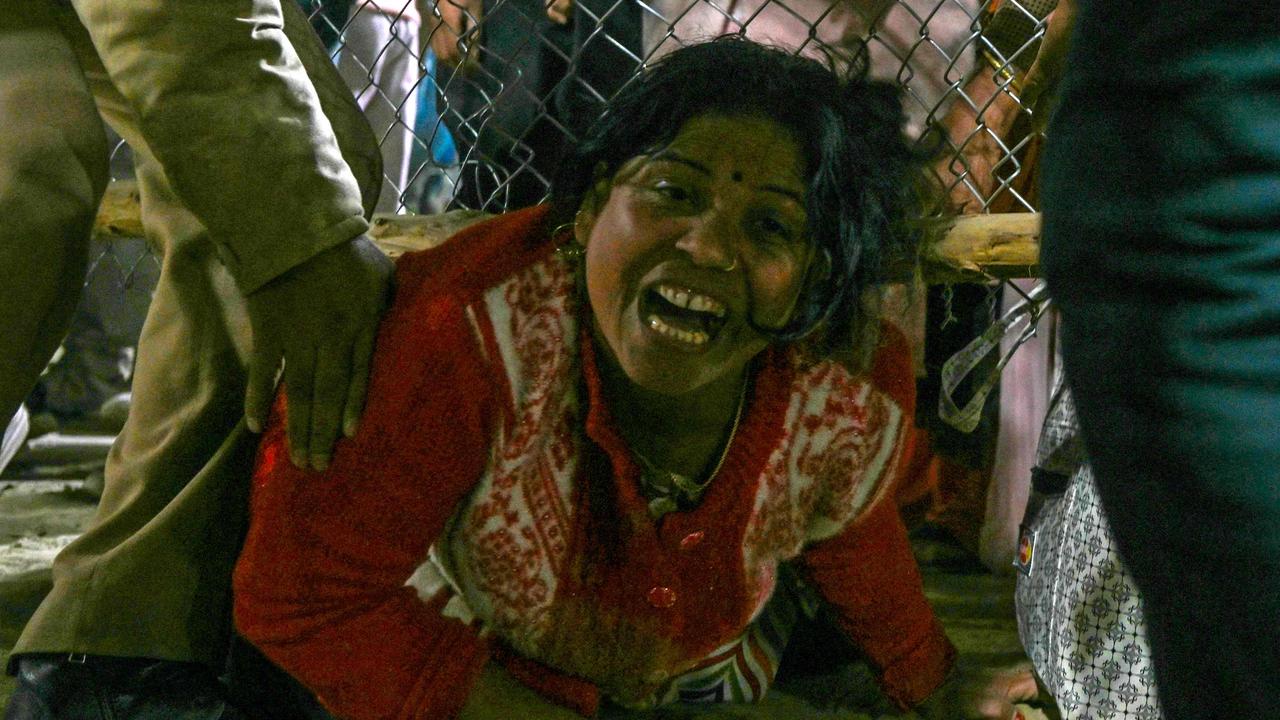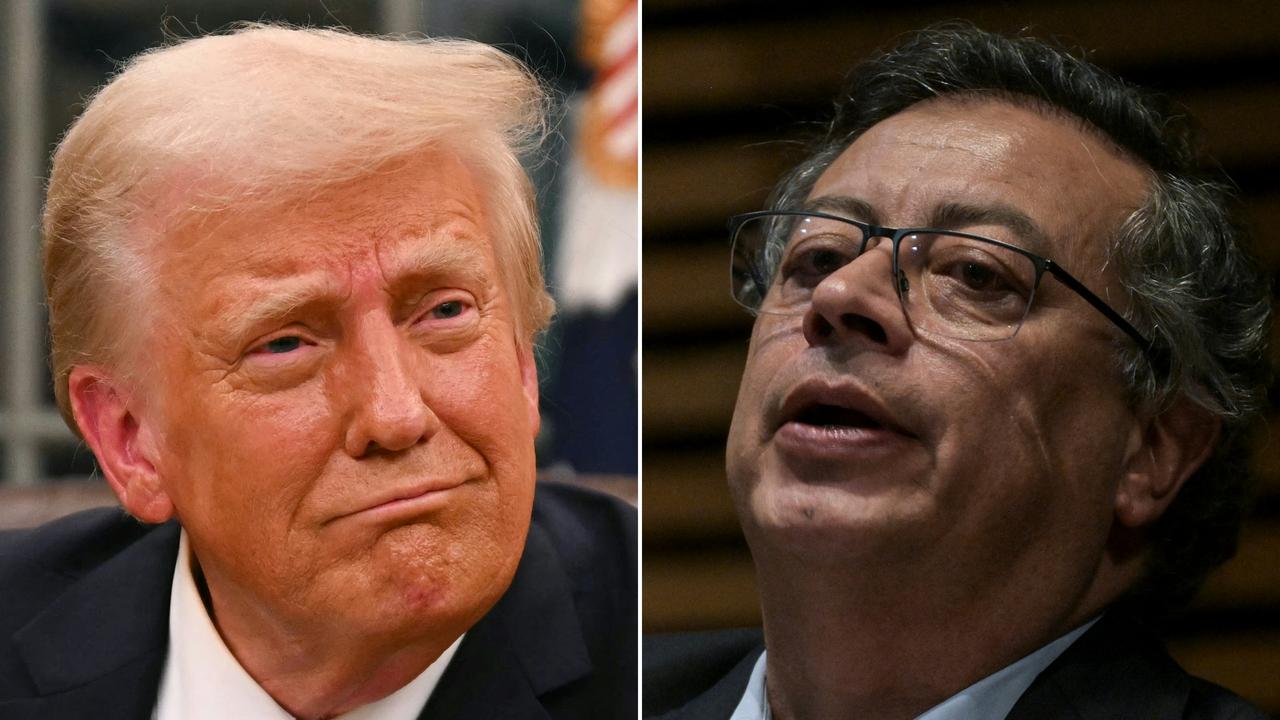North Korea nuclear missile threat: Hawaii tests warning sirens
NORTH Korea says its enemies are “begging for nuclear war” as tensions ramp up and nuclear sirens ring for the first time since WWII.
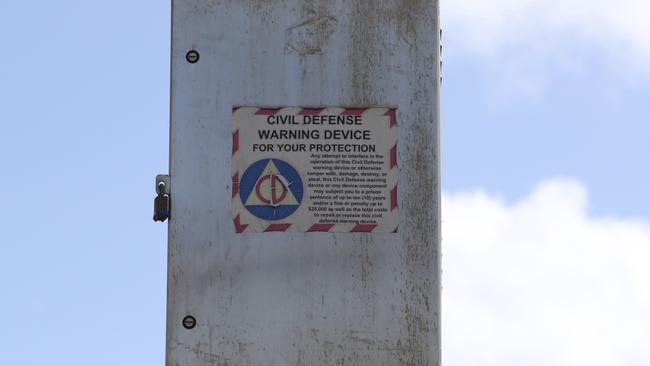
HAWAII tested its first nuclear warning siren in decades, days after North Korea launched its most powerful missile yet.
Authorities last week announced that the island state will resume monthly testing of Cold War-era nuclear attack warning sirens.
Governor David Ige, civil defence and emergency management officers in Honolulu, said he believed Hawaii was the first in the nation to reintroduce statewide nuclear siren drills, Reuters reported.
The announcement follows the launch of Pyongyang’s 20th ballistic missile launch which the secretive state claimed was capable of hitting the United States.
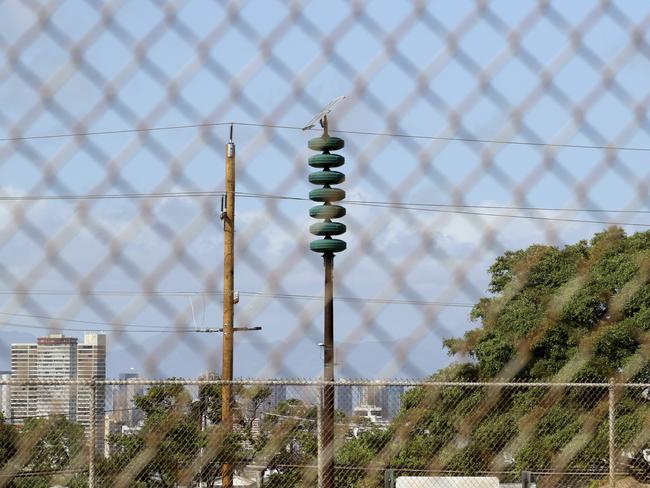
The Pentagon said the latest North Korean missile didn’t pose a threat to the US.
However, authorities decided to reactivate the state’s nuclear attack sirens after experts deemed some of Kim Jong-un’s missiles were capable of reaching Hawaii.
During last week’s alarm test, sirens were sounded in separate 50-second intervals from more than 400 locations across the central Pacific Islands.
The warning sirens will be repeated on the first business day of each month and will produce a different tone than the long, steady siren sound that people in Hawaii are used to.
It will include a wailing in the middle of the alert to distinguish it from the other alert, which is generally used for tsunamis.
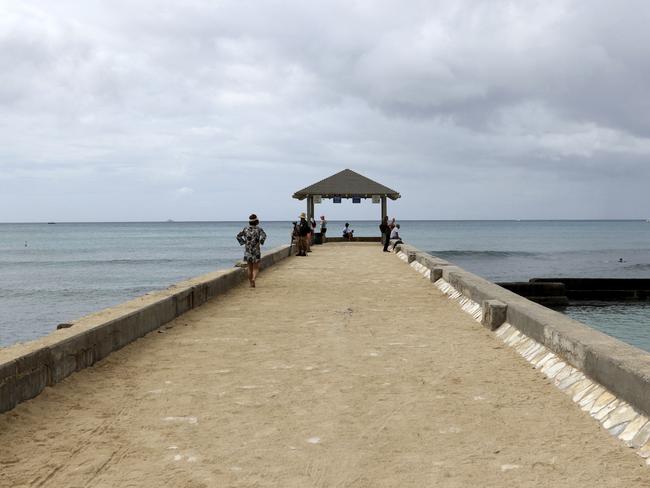
The exercise is being launched in conjunction with public service announcements urging residents of the islands to “get inside, stay inside and stay tuned” when they hear the warning.
However, authorities reported the warning system is being checked after the practice siren was barely heard above the crashing waves and wind on the famous Waikiki beach.
Officials confirmed they are now checking if the system has malfunctioned or just needs to be turned up.
“I was out in the ocean playing around, and I heard this siren,” Canadian tourist Tom Passmore said, adding that he didn’t think much of it.
“I think it’s a good idea,” he said of the test, “but judging by everyone’s reaction around here, nobody moved.”
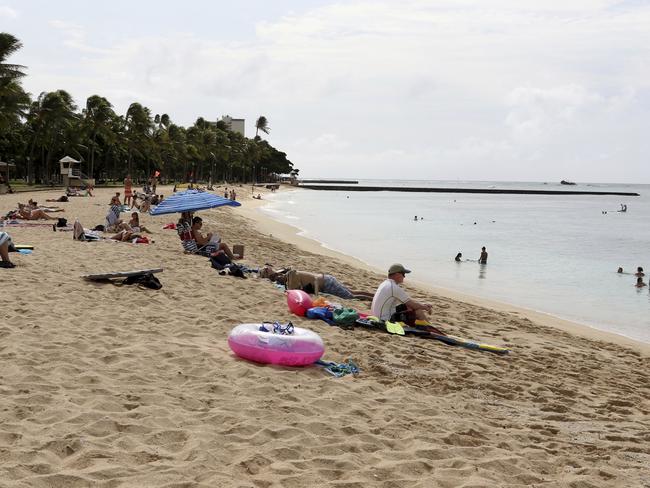
WARNING SYSTEM
A single 150-kiloton weapon detonated over Pearl Harbor on the main island of Oahu would be expected to kill 18,000 people outright.
It would also leave 50,000 to 120,000 others injured across a blast zone several miles wide, state Emergency Management Agency officials said, citing projections based on assessments of North Korea’s nuclear weapons technology.
While casualties of that scale would be unprecedented on US soil, an agency fact sheet stressed that 90 per cent of Hawaii’s 1.4 million-plus residents would survive “the direct effects of such an explosion.”
Oahu, home to a heavy concentration of the US military command structure, as well as Honolulu and about two-thirds of the state’s population, is seen as an especially likely target for potential North Korean nuclear aggression against the United States.
In the event of an actual nuclear missile launch at Hawaii from North Korea, the attack sirens would give island residents and tourists just 12 or 13 minutes of warning before impact, according to the state’s fact sheet.
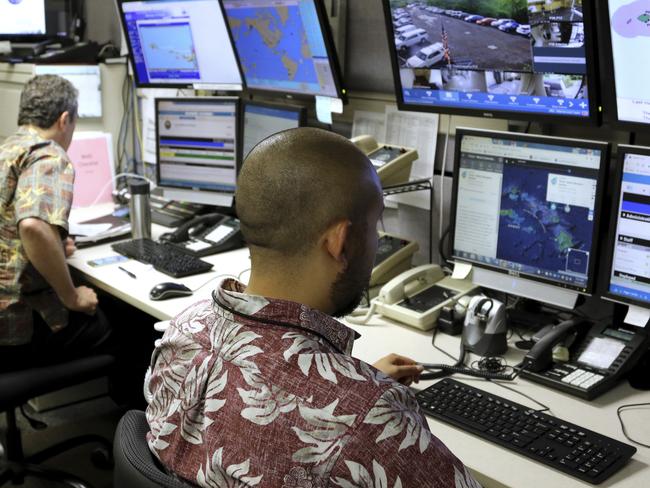
David Santoro, director and senior fellow of nuclear policy at the Pacific Forum/Center for Strategic and International Studies in Honolulu, told the Daily Beast he didn’t think people should be too worried about a nuclear strike.
“North Korea isn’t an immediate threat and the US has been ‘threatened’ by other nuclear-armed states for a long time,” Mr Santoro said.
“Still, it’s good for Hawaii residents to be aware of the problem and prepare in the event of an incident.”
Gary Loners, a Hawaii resident for 43 years, told the Garden Island, there wasn’t much point in the warning system.
“If it hits us, ‘tuck and cover’ ain’t gonna cut it, maybe a scuba tank,” he said.
“We’re just a small part of this little puzzle out here in the Pacific Ocean. If you only have minutes, then enjoy your final alohas and mahalos.”
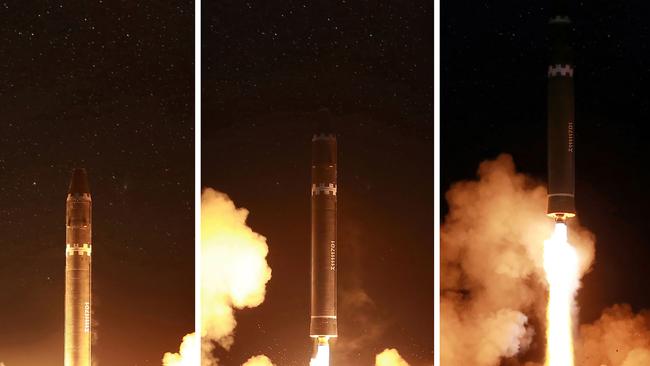
RISK OF WAR ‘INCREASING’
Just yesterday a leading Republican politician warned the US is moving closer to pre-emptive war with North Korea every time Pyongyang carries out a missile or nuclear test.
Senator Lindsey Graham told a security forum in Washington on Saturday that the potential for war with North Korea “is increasing every day.”
“If there’s an underground nuclear test, then you need to get ready for a very serious response by the United States,” he said on CBS’ Face the Nation. His remarks echoed those of National Security Adviser, HR McMaster, who told the security forum that the potential for war with North Korea “is increasing every day.”
“We are in a race to be able to solve this problem,” Mr McMaster said.
“This would be the most destabilising development I think in the post-World War II period. It’s something that places us at direct risk but places the world at risk.”
Senator Graham, a foreign policy hawk, said the administration’s policy is “to deny North Korea the capability to hit America with a nuclear-tipped missile. Not to contain it.”
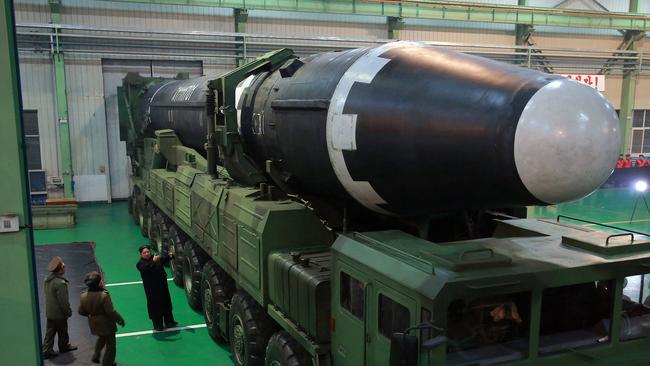
Meanwhile, Pentagon chief George Mattis has been laying out options for dealing with the rogue state.
He told a recent event attended by policymakers and business people that Washington regards Pyongyang as a grave threat and is prepared to launch a pre-emptive nuclear strike if necessary, the Sunday Times reported.
A former senior US government official also outlined how a bombing war would play out with the US attacking North Korean command sites and missile bunkers.
If Mr Kim used his artillery to attack Seoul, there would be thousands of casualties but Seoul would be able to build a reunified Korea, he said.
‘BEGGING FOR WAR’
Meanwhile, the US and South Korea are this week joining forces for a series of war games, an exercise Pyongyang views as a serious provocation.
North Korea said planned military drills between the two military forces will “precipitate their self-destruction”.
Vigilant Ace exercises, due to last five days, will involve more than 230 warplanes and 12,000 soldiers from both sides.
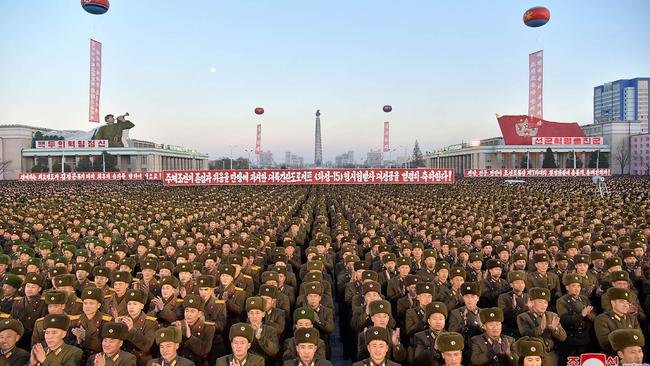
The drill lasts from today until December 8 over eight air bases across the Korean Peninsula.
A spokesman for North Korea’s Committee for the Peaceful Reunification of the Country said in the statement on Sunday that the goal of the training is to “totally destroy” North Korea, according to comments carried by North Korean state news agency KCNA.
“The US and South Korean puppet military warmongers should bear in mind that their escalating provocation and adding to crimes will only invite more terrible retaliation and precipitate their self-destruction,” read the statement.
The warning comes a day after North Korea’s foreign ministry warned that the US government is “begging” for a nuclear war.
— with Reuters/AFP


